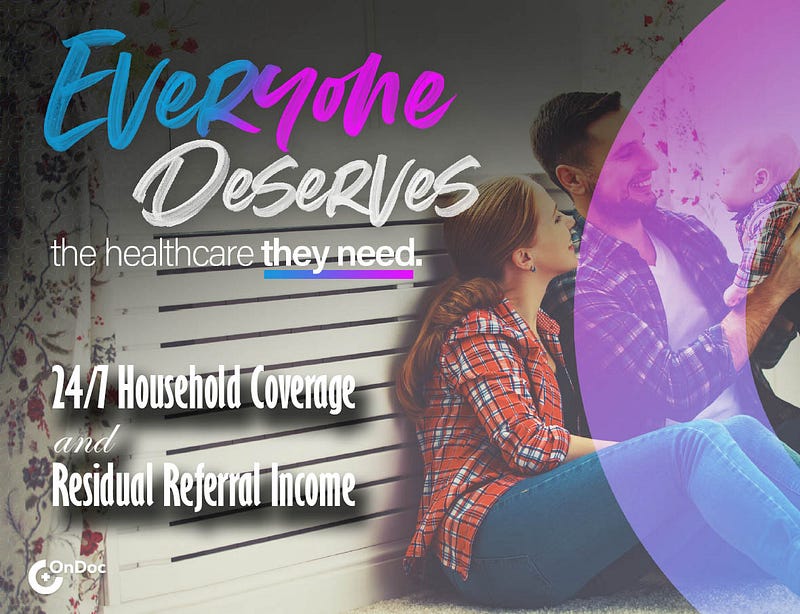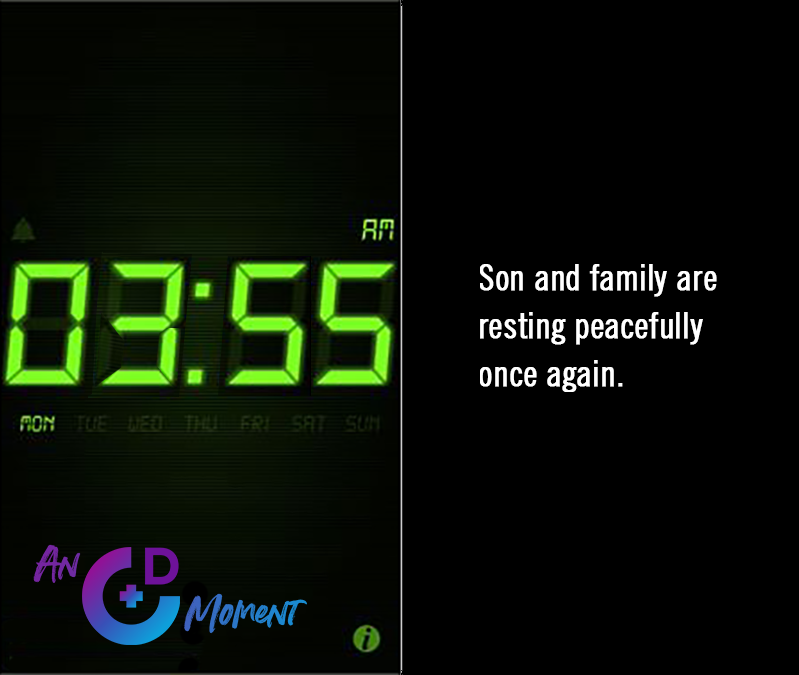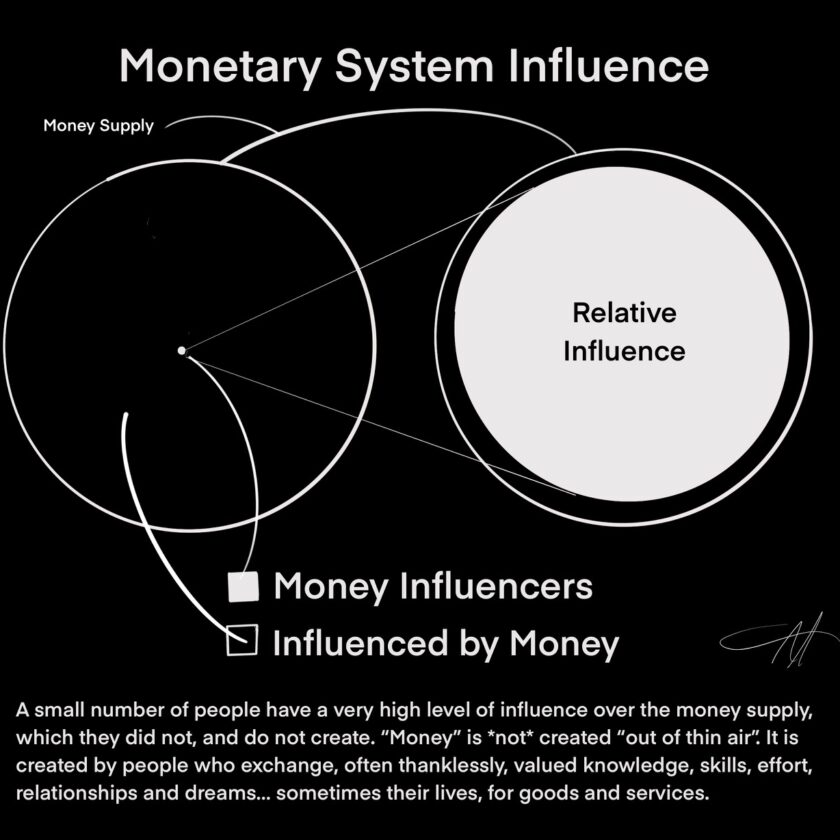Great or significant ideas don’t often jump out at you. That’s especially true with the subject of healthcare. Healthcare isn’t just not sexy, it’s more likely to be a drain on one’s psychological libido. It cleans individual and family bank accounts like a powerful Dyson vacuum cleaner on steroids.
The ease and regularity with which healthcare professionals and their institutions ~ almost with a sense of entitlement ~ separate people from their money, as well as health, is another reason that many will steer clear of the subject.
That is, until absolutely necessary.
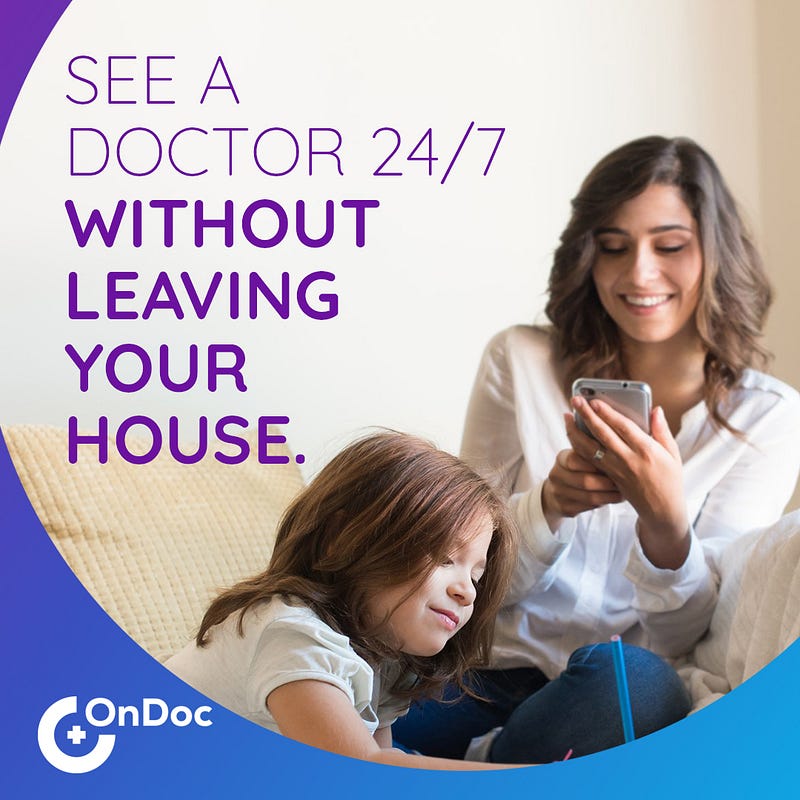
By that time, it’s usually too late. Being for all practical purposes, caught with one’s healthcare pants down and few options is not a pretty picture. For these and other reasons, I bring OnDoc to your attention, and provide ways to help you see its value.
You can read a general introduction to OnDoc here. What follows is what we’ll call a scenario, presented in storyboard fashion, of how members use OnDoc.
It goes like this, as bracketed by the passage of time as evidenced by a digital clock display (on the left side) that might sit on a nightstand.
INT. HOUSE (NIGHT):
A young family sleeps, albeit restlessly, as we hear the insistent cough of a young child.
INT. PARENT’S BEDROOM (CONT’D)
Mom and dad can hear son’s coughing down the hall, then feet on the floor, approaching their bedroom. He slowly opens the door.
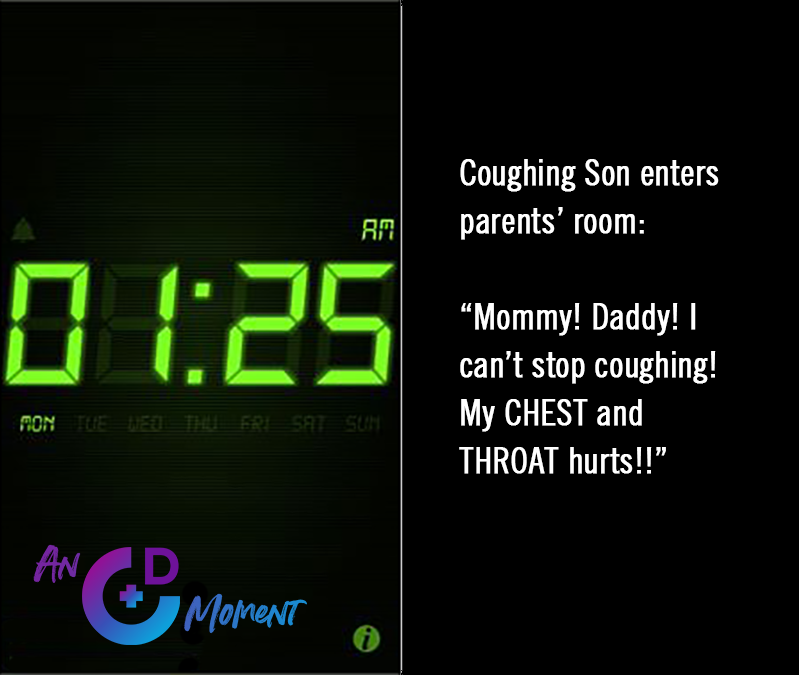
He joins them on the bed.
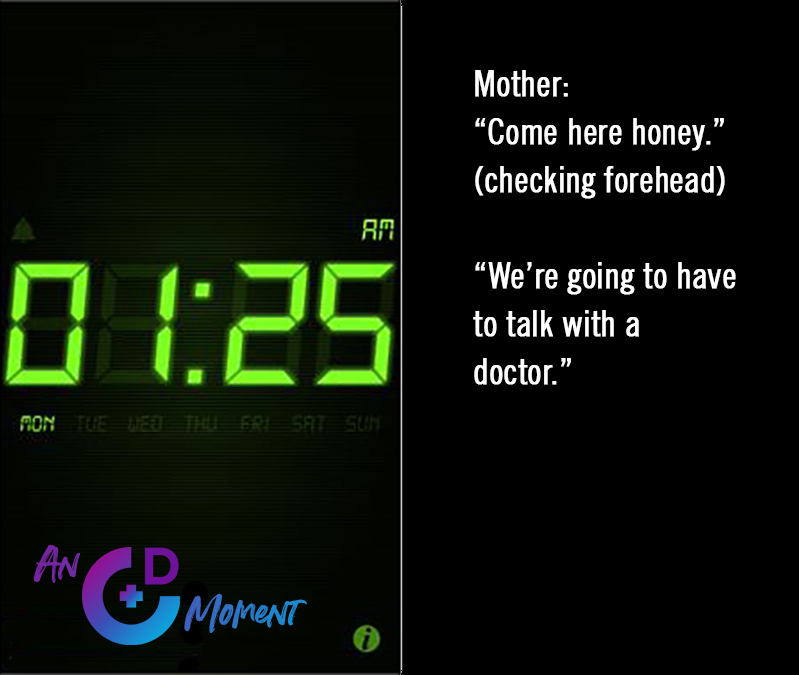
The panel below is “stage 2” of the one above. It represents an “OnDoc Moment,” one of those times when a decision you made reveals that it was a good one.
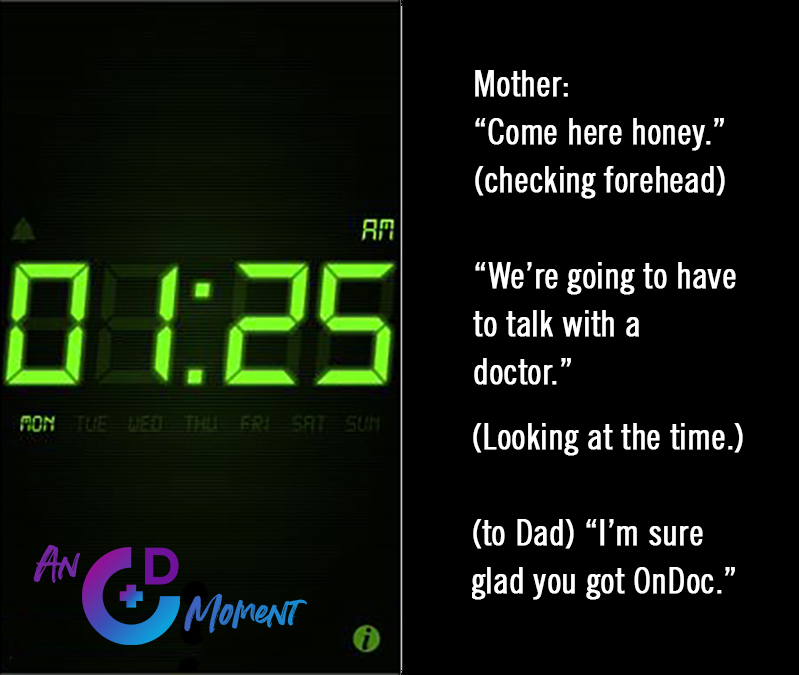
The current average response time between outreach to a licensed, board-certified doctor by an OnDoc member, and response, is 10 minutes.
So by now, Mom and Dad have actually talked with the doctor, who could also see and speak to their son, and render advice, or if necessary, write prescription for him.
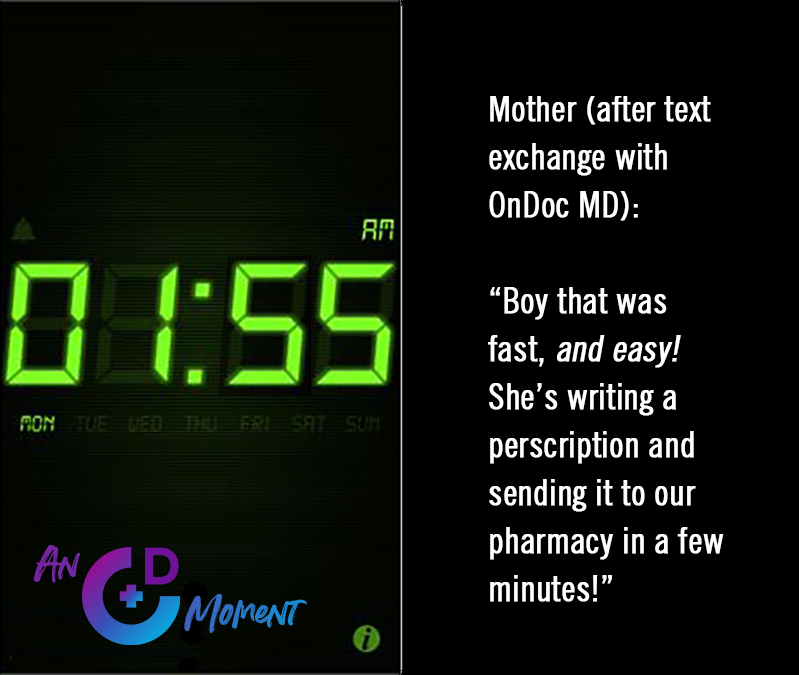
In our scenario a prescription was written, which Dad went to pick up. This could be for virtually any non-emergency incident.
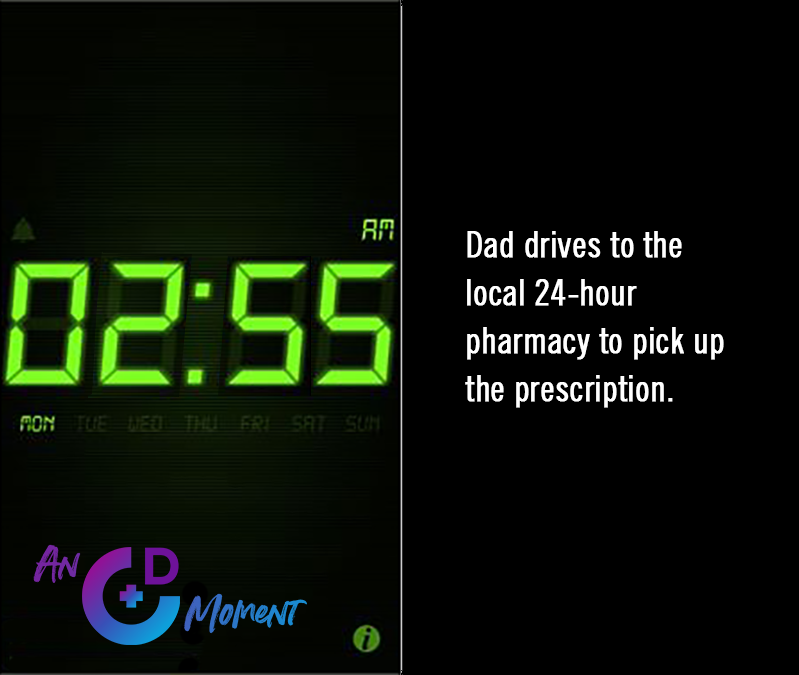
Back home with remedy or prescription in hand to give to their son, the family is able to salvage some rest from the yet unfinished night.
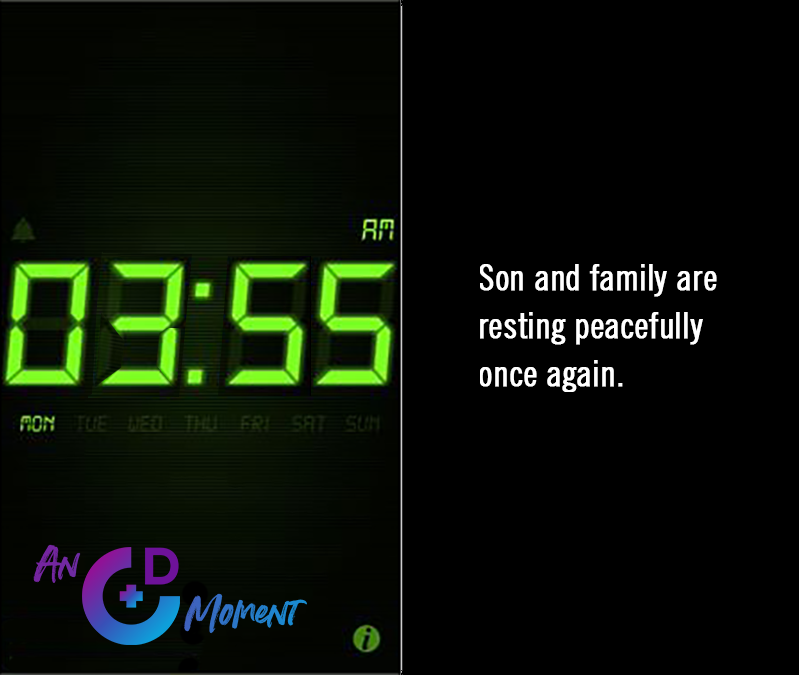
Also realizing that with virtually all other conventional “healthcare” options, from emergency room to urgent care, or regular doctor’s visit, what help that might have been able to get for their son would have only begun.
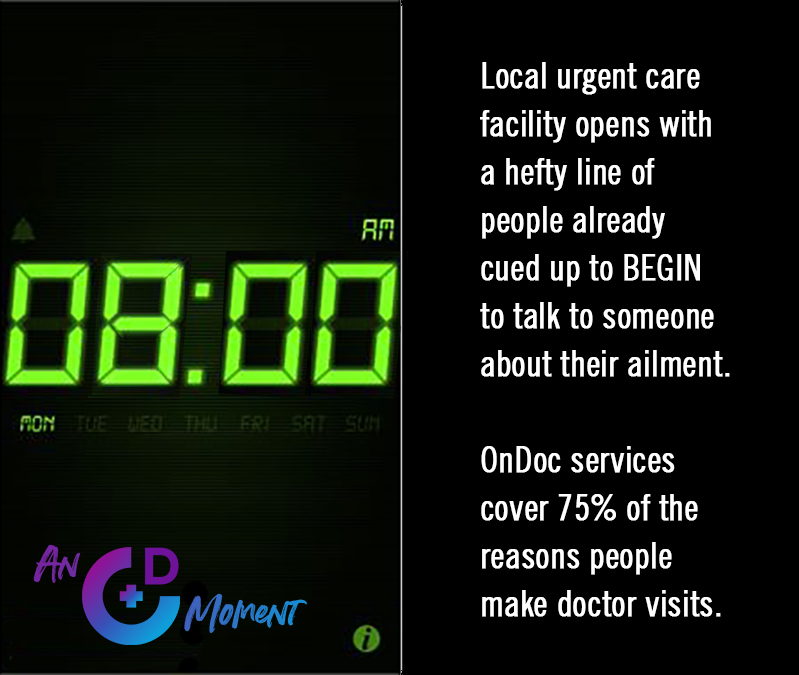
THE END
FADE TO BLACK
I didn’t mention the cost. Because it’s healthcare, its expected to be expensive, maybe even unaffordable. It’s expected that there be many requirements.
OnDoc provides access to healthcare, but is not health insurance. It’s membership fee, paid monthly, covers a household. Because contact is virtual, through smartphone, or video chat, the time, energy, and money savings, as well as peace of mind, can be substantial.
Health insurance premiums for a family are approaching $20,000 per year, while overall quality of service continues to decline. OnDoc, which you join by referral, is $30 per month, not per person, but for an individual or household.
Here’s the storyboard of our scenario sequenced into a single animated image.
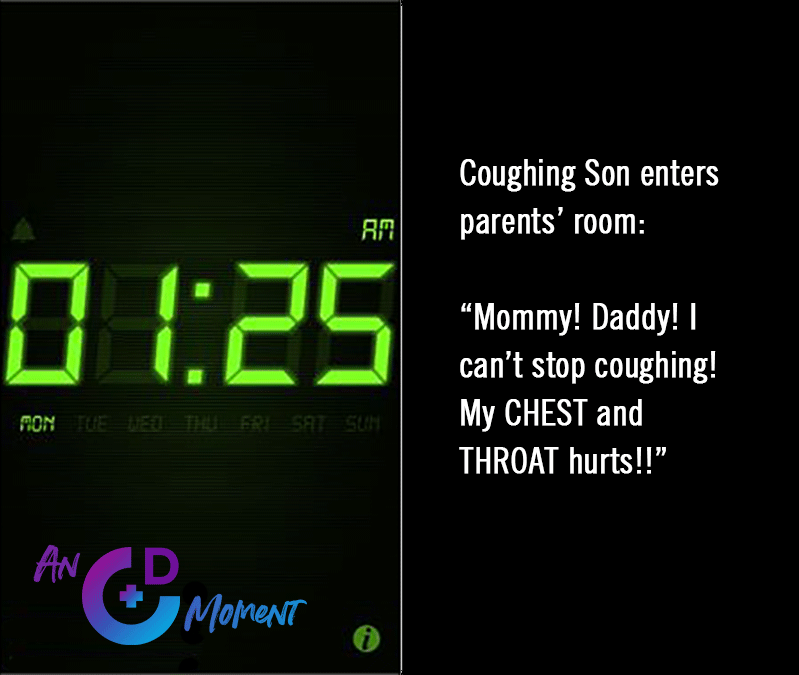
Until April, it’s free to join. Click here for my referral link.
